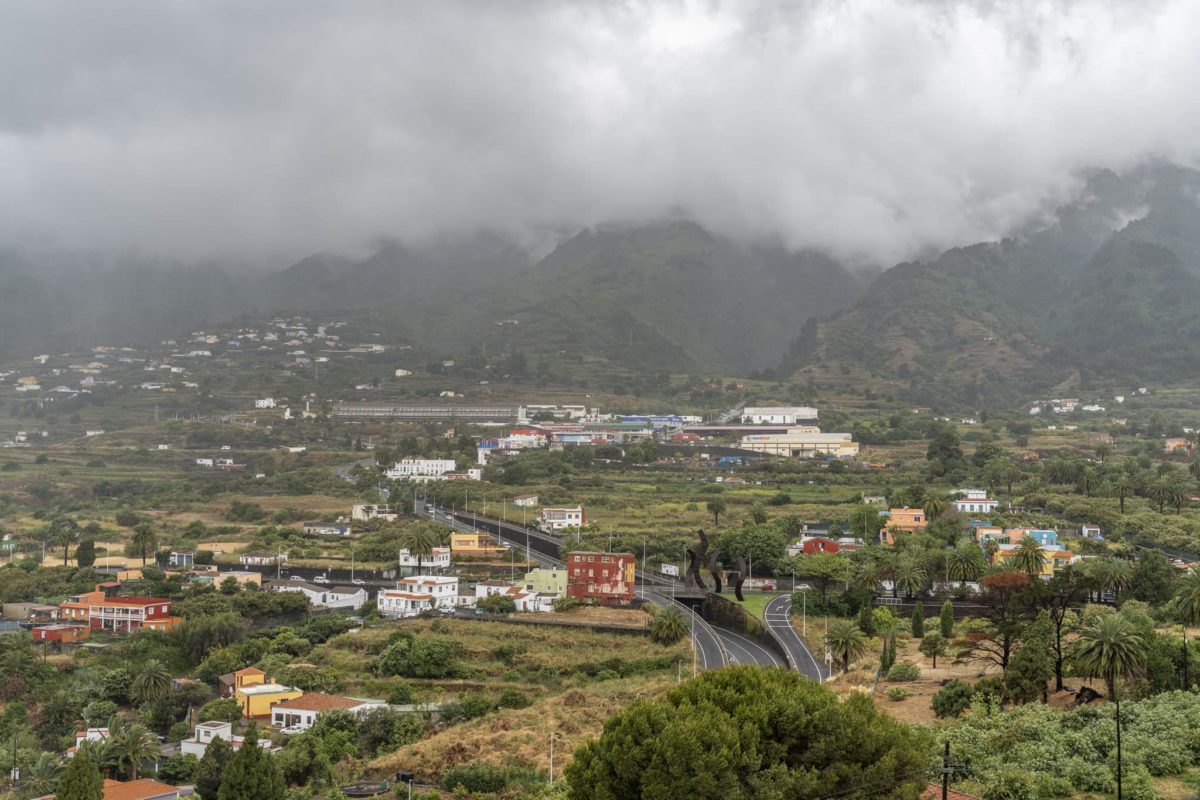The State Meteorological Agency (Aemet) has confirmed that April, when there were days of intense heat in the Canary Islands, was abnormally warm. The average temperature of 18.4ºC represents an anomaly of +2.0ºC in the record of the reference series.
According to the data provided, this was the second warmest April since 1961 and the ninth driest: the average value of accumulated rainfall was 3.5 millimetres, 23% of the average rainfall expected for an April. By provinces, Santa Cruz de Tenerife experienced the warmest April in its historical series, with 2.1ºC more, while in Las Palmas the anomaly was +1.9 ºC, the second warmest in the series.
The places where the highest temperatures were recorded were Tasarte, in La Aldea (Gran Canaria), with 37.2ºC; Tazacorte (La Palma), 33.4ºC, and Vallehermoso (La Gomera), 33.3ºC. The average temperature remained above the reference series parameter for almost the entire month, with the exception of days 4, 5, 7, 8 and 9, when it remained above or slightly below it. The temperature in the Canary Islands in 2022 was 19.1 degrees Celsius, a “very warm” year, the fourth warmest since 1961. This implies an anomaly of +0.8 ºC.
The average accumulated rainfall value was 308.6 millimetres, which corresponds to normal, and 106% of the expected average rainfall was reached: it was the 23rd wettest year since that date. There were two heat waves during July: the first from 9 to 11 July, the second warmest of the 41 since 1975, after the same month in 2012. The second took place from 24 to 26 July, when most of the year’s maximum temperatures were measured.
Climate projections for the Canary Islands for the rest of the 20th century based on work carried out by the Group for Earth and Atmospheric Observation (Gota) show an increase in tropical nights, temperatures of between 1 and 3ºC and 30% less rainfall in the worst-case scenario.
The increase in temperature and the lack of rainfall are generating a hot weather situation in the Canary Islands which at times has put the authorities and the population in general on alert. During these periods, it is recommended to take extreme precautions and follow the instructions of the competent authorities.






